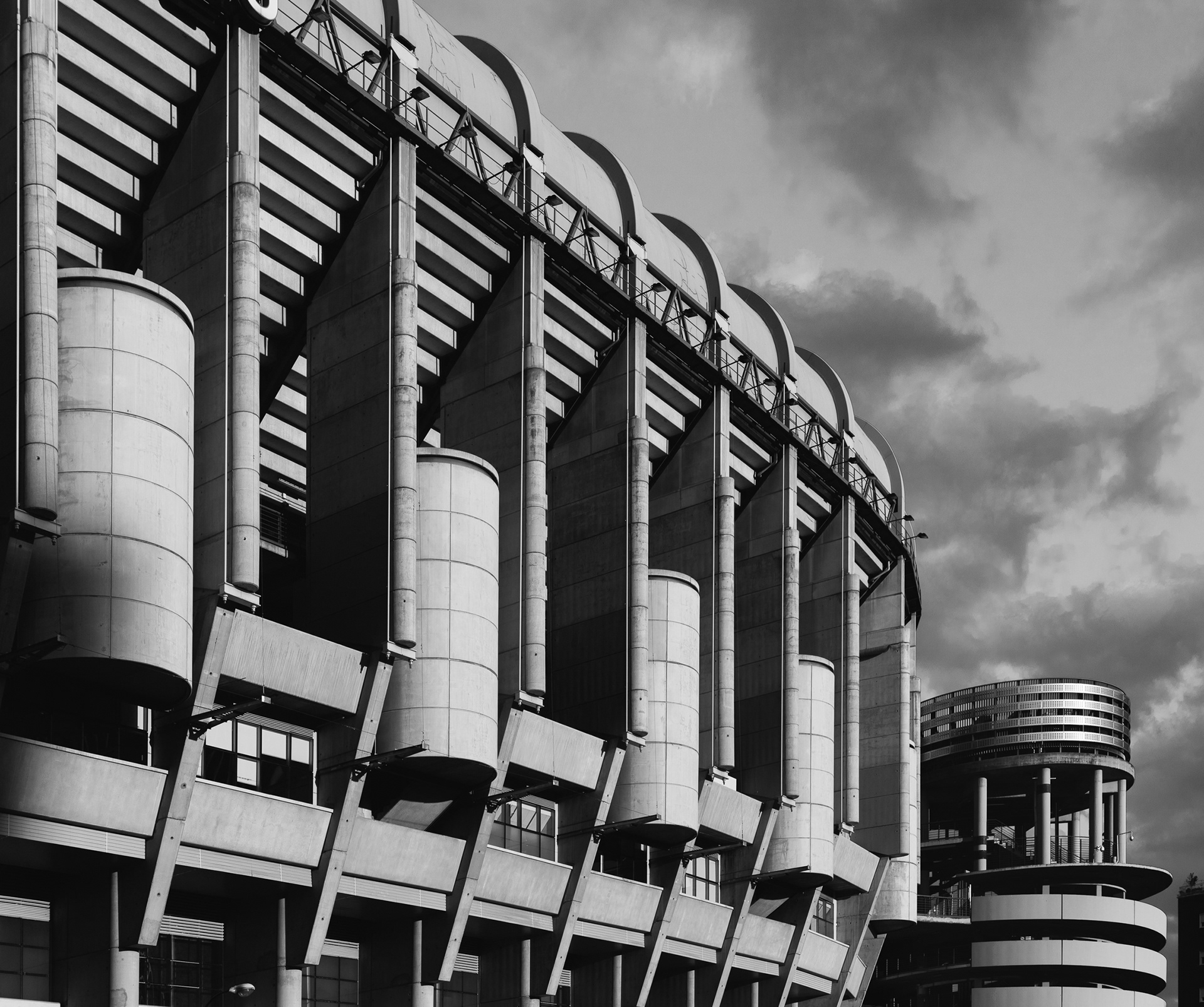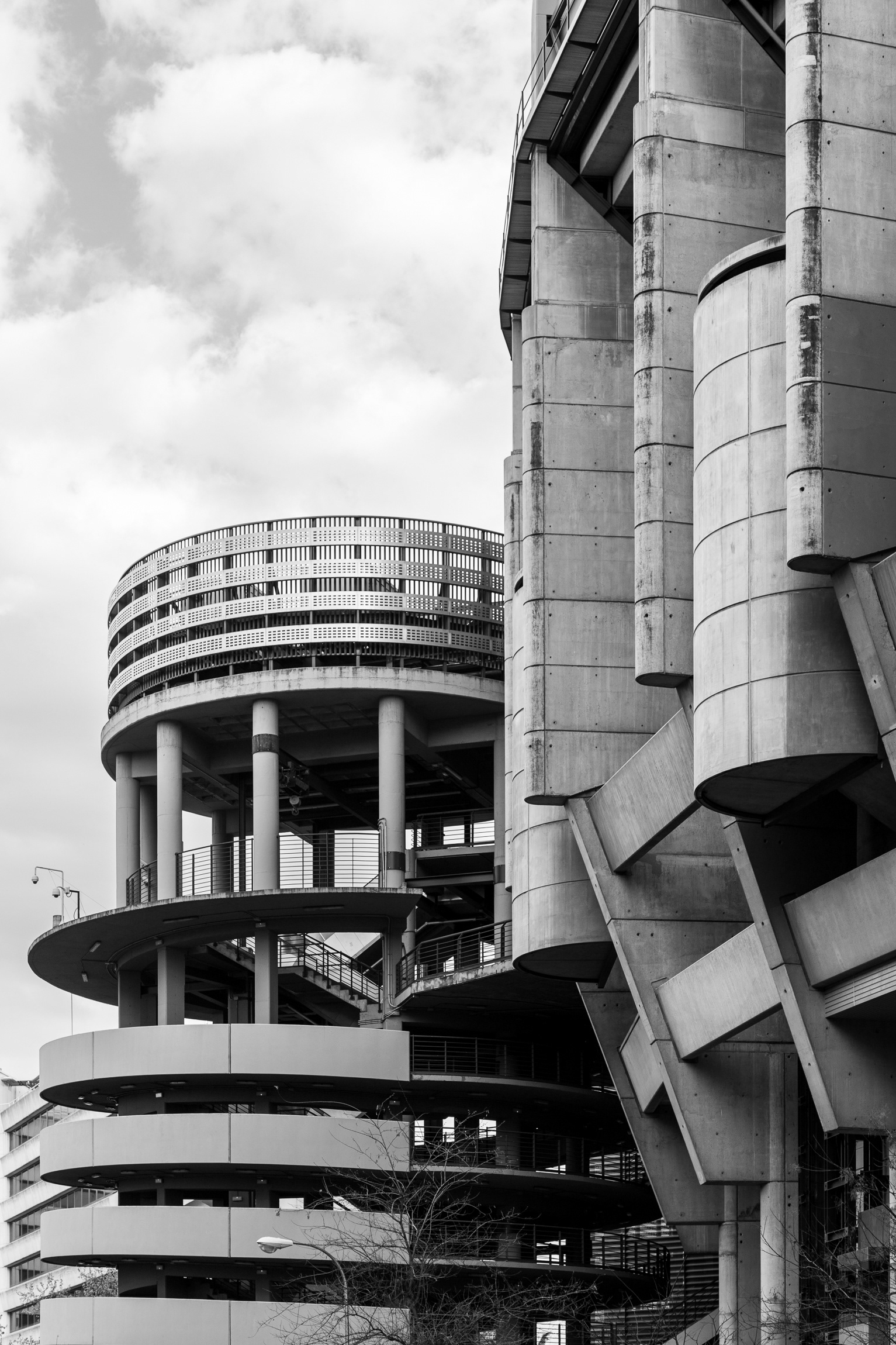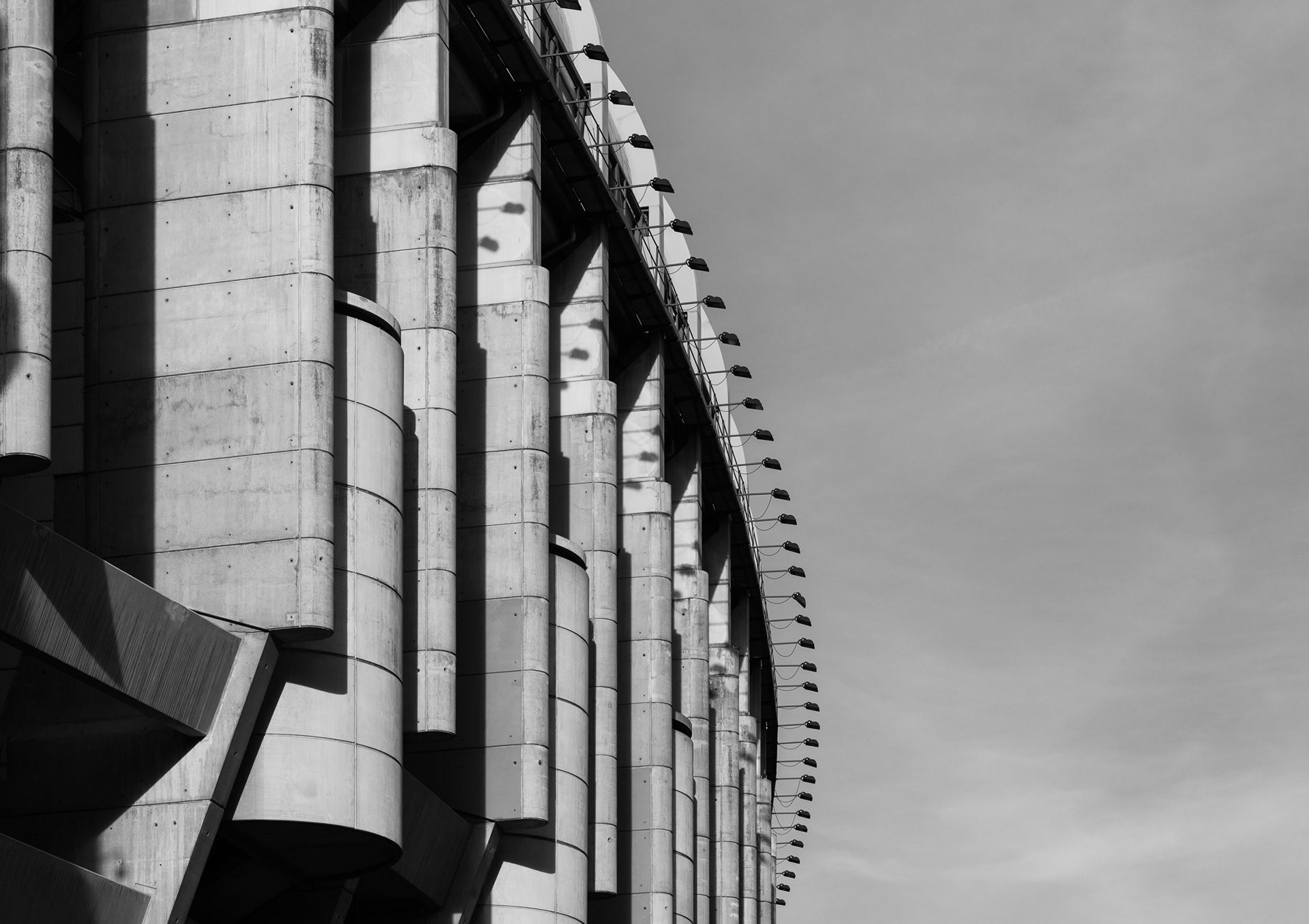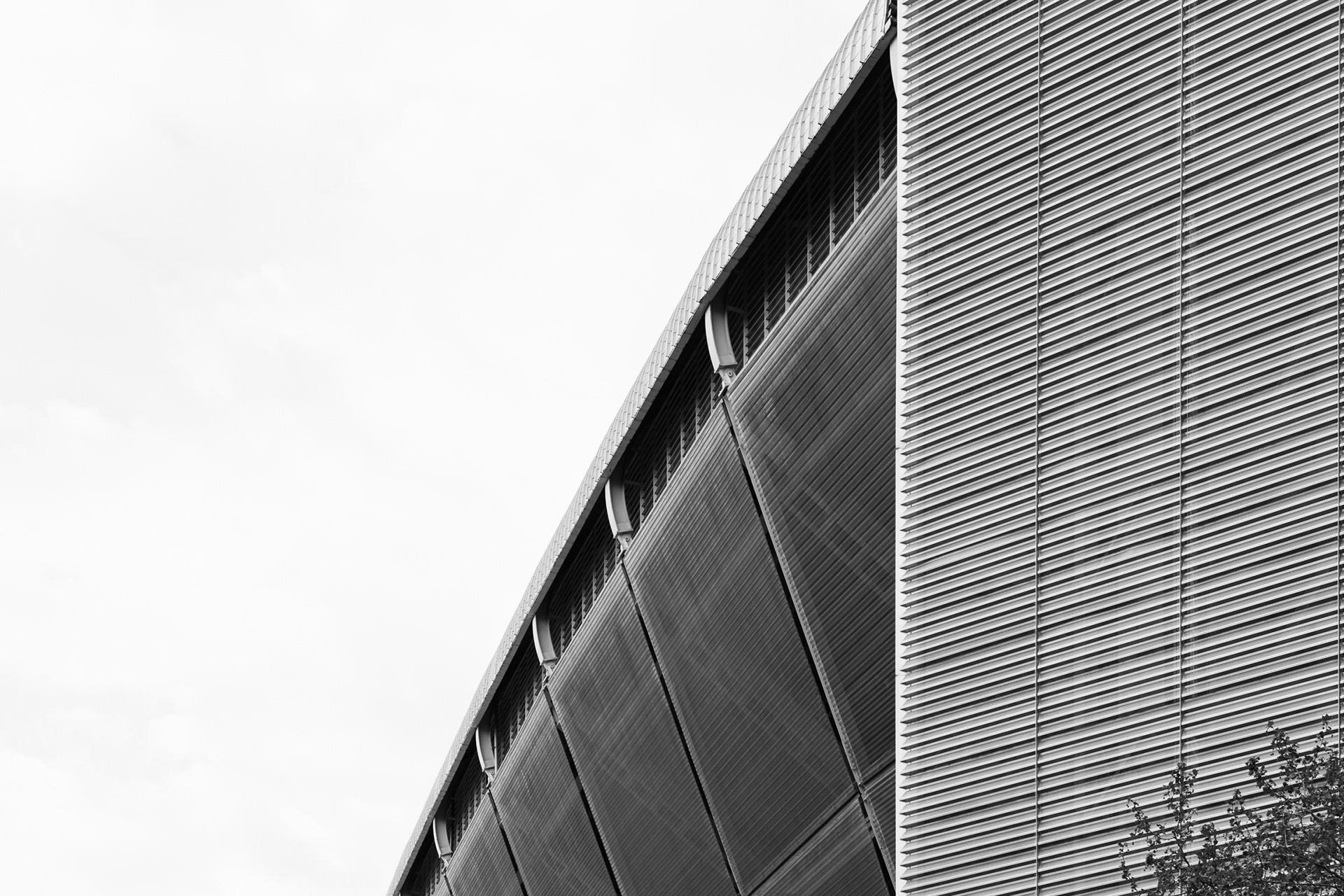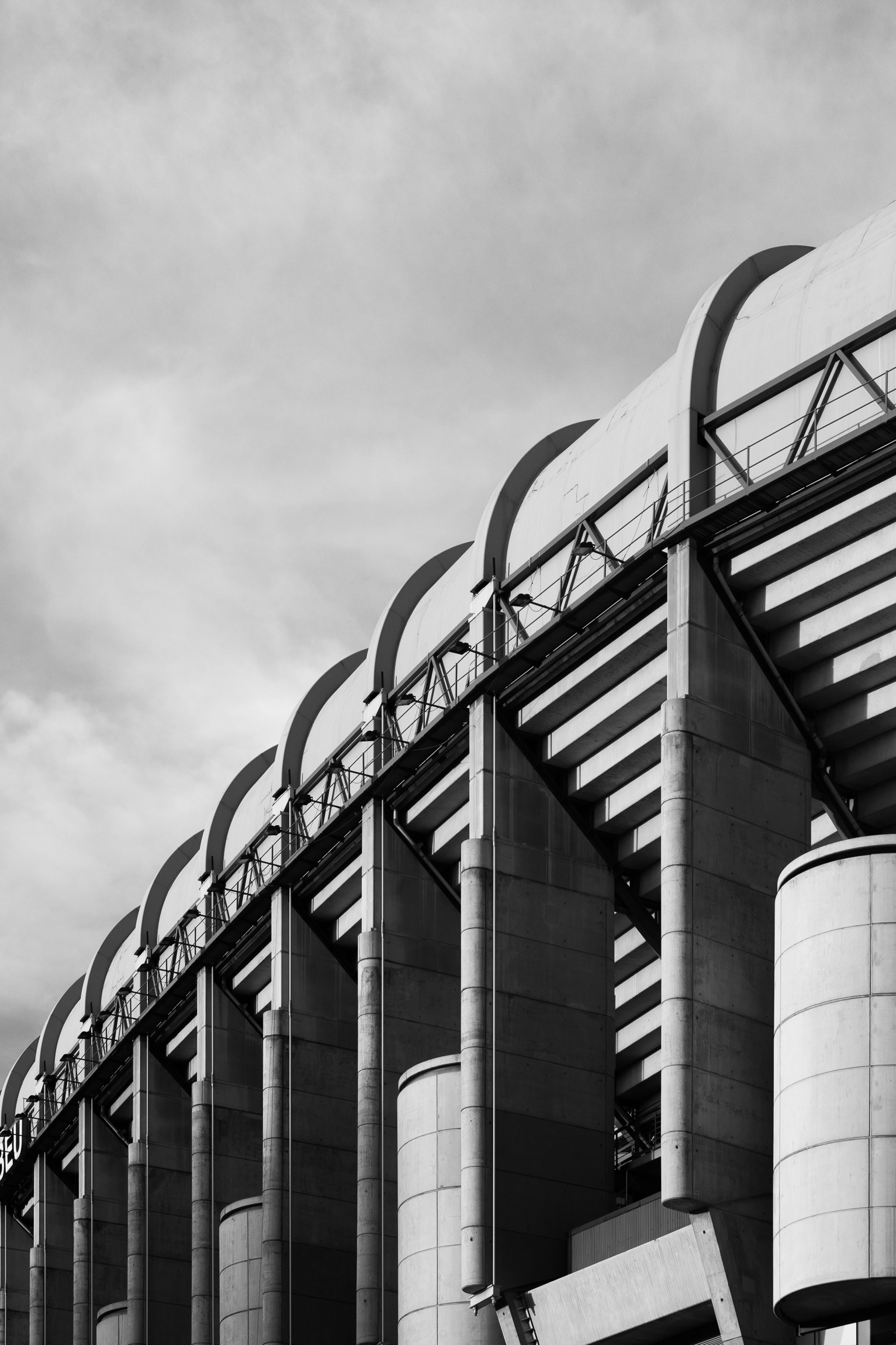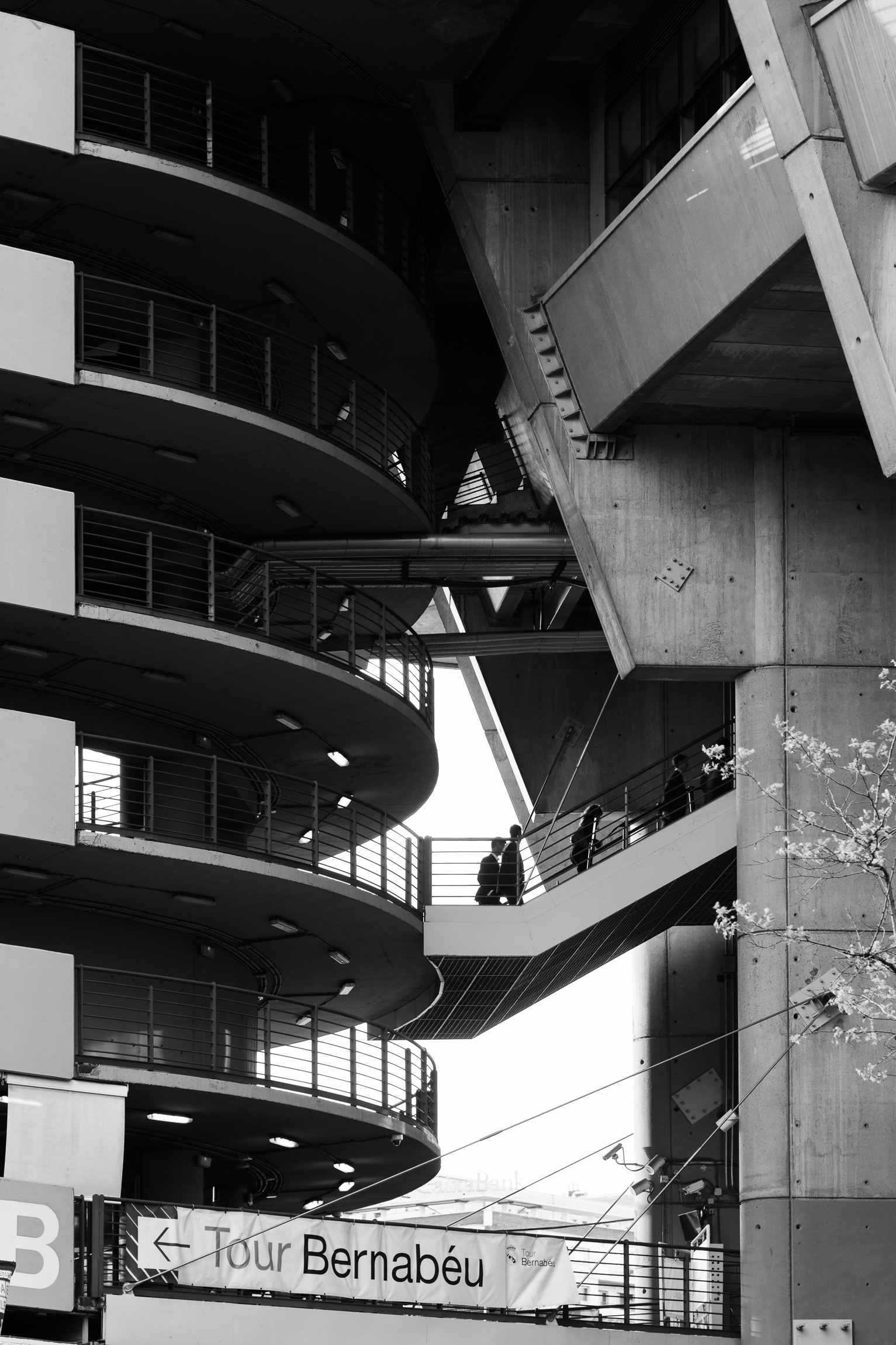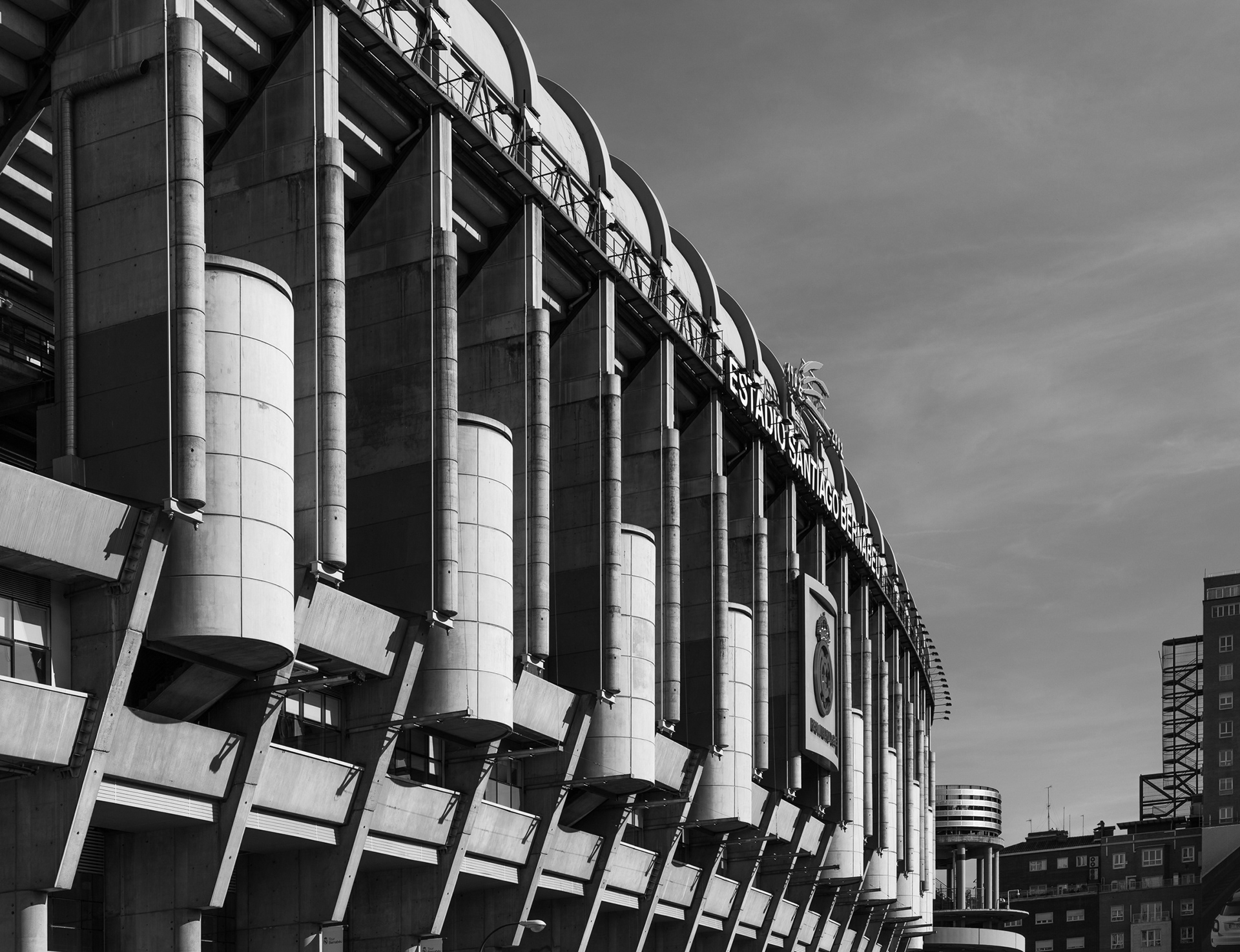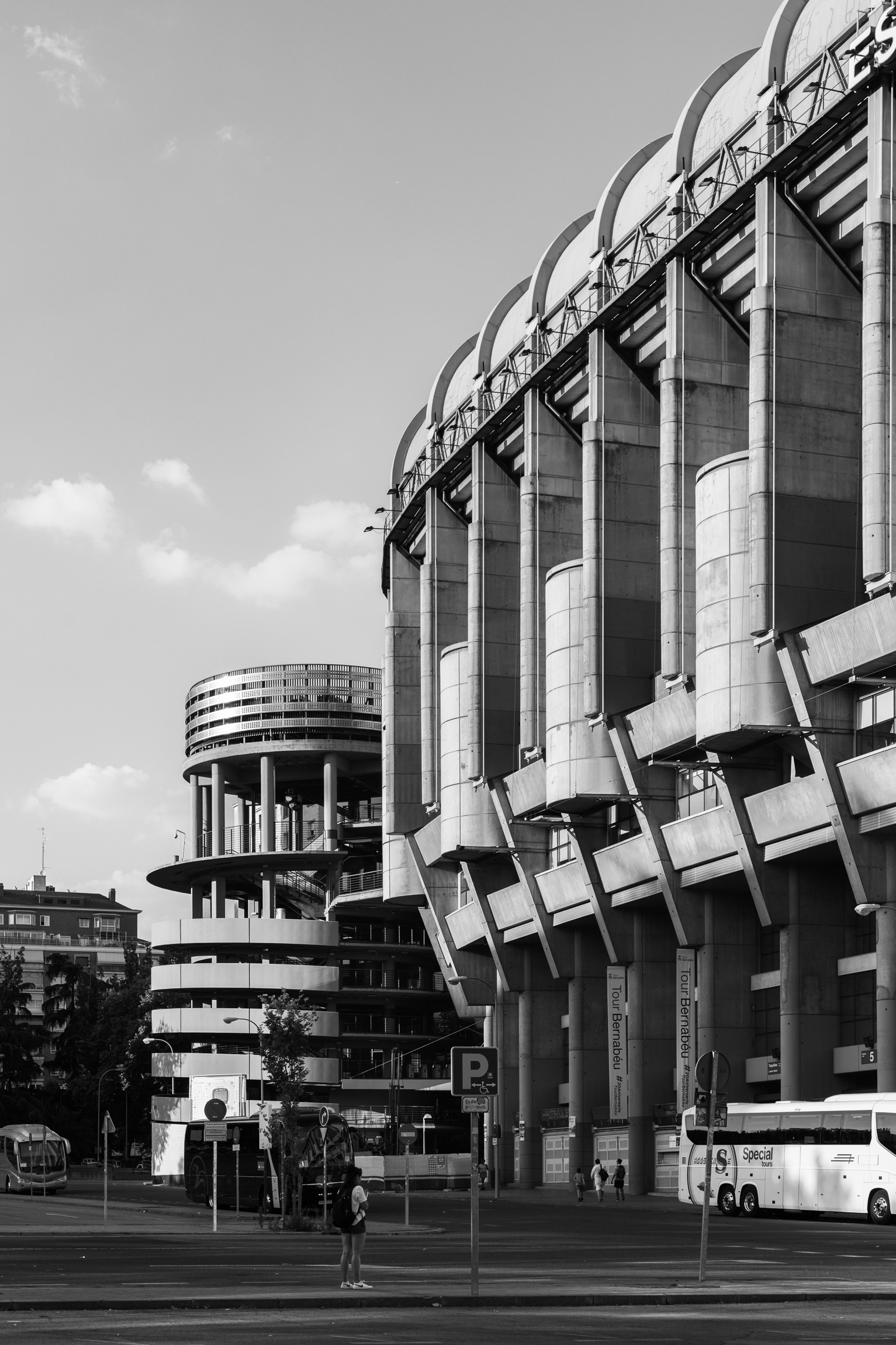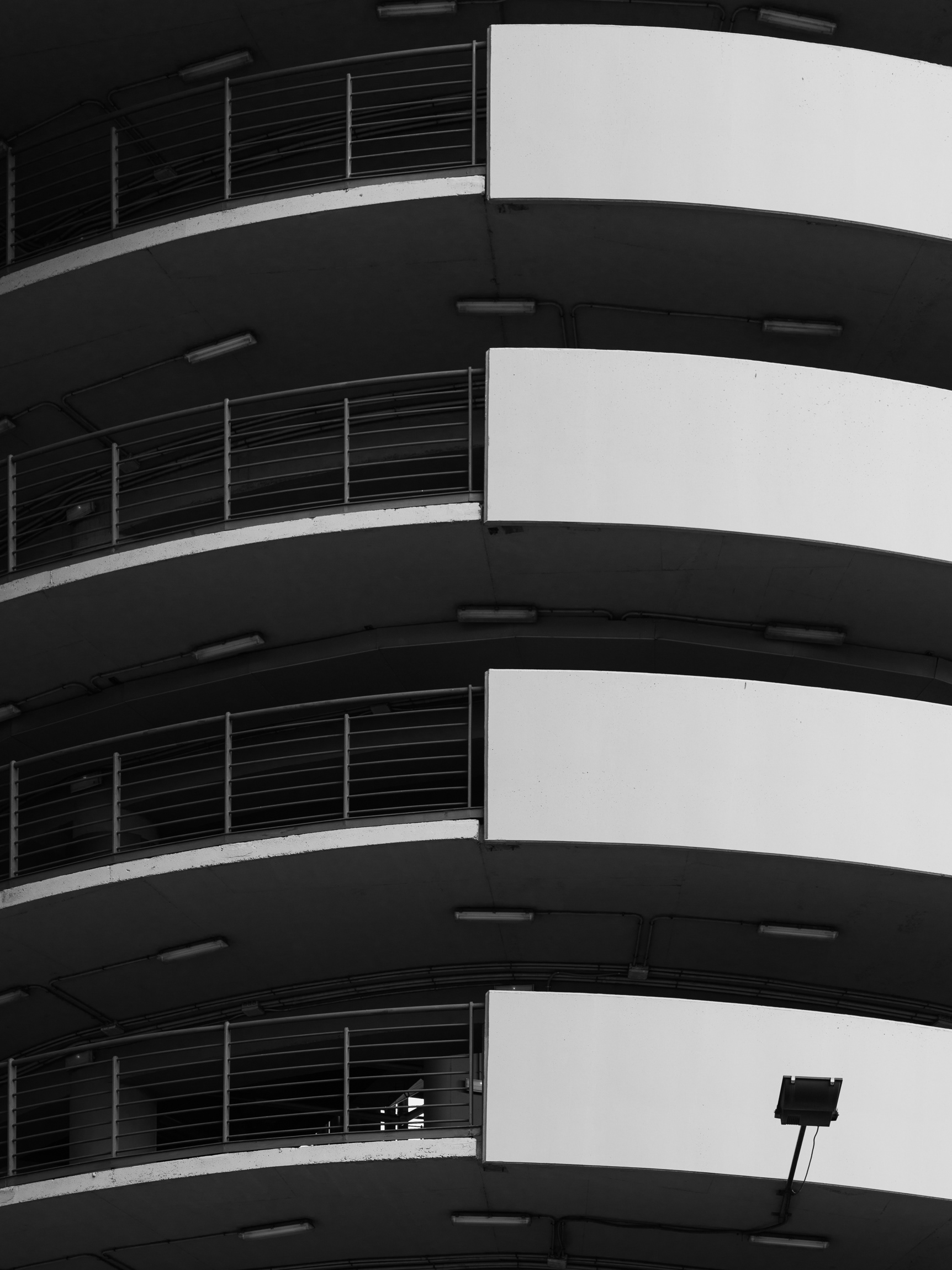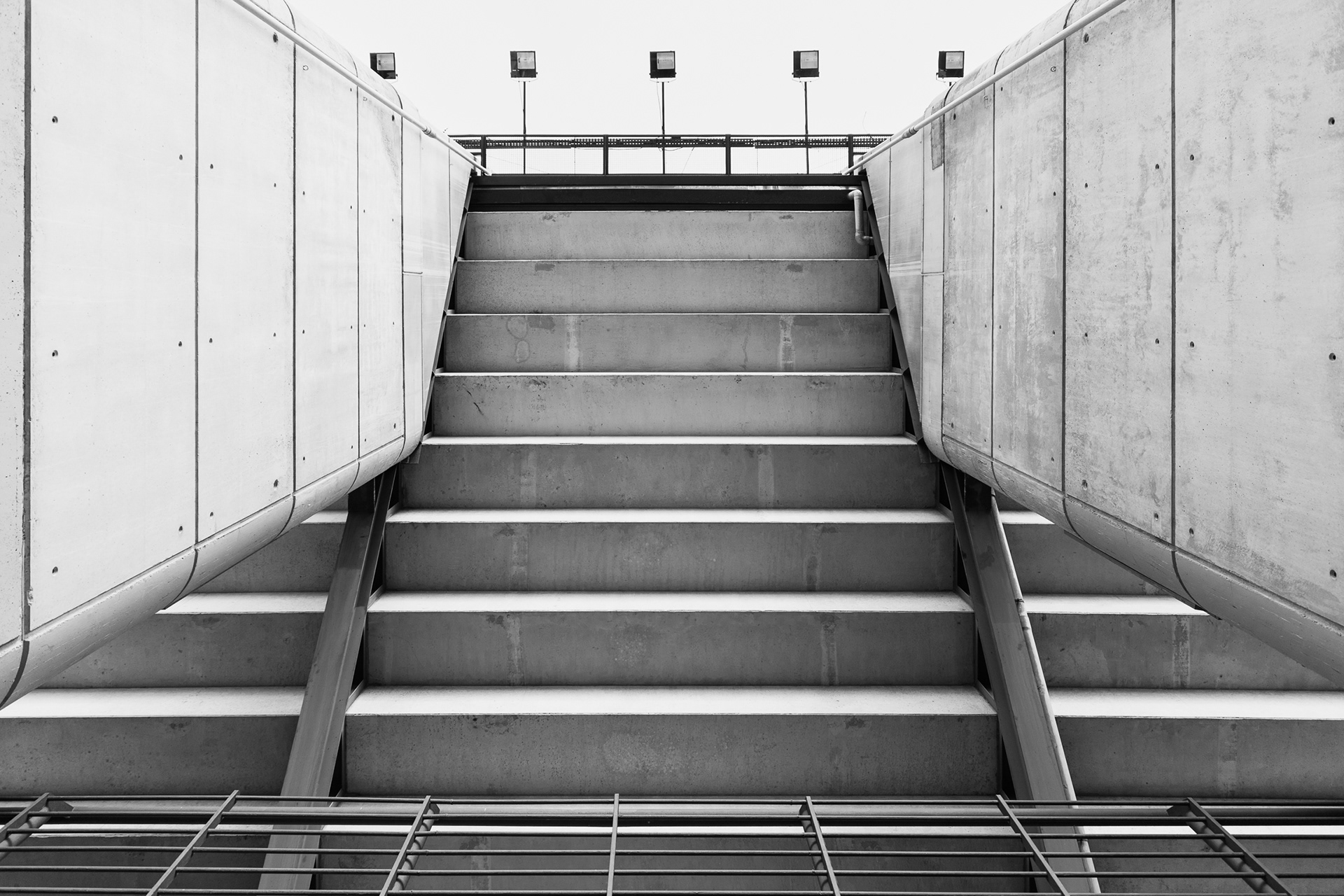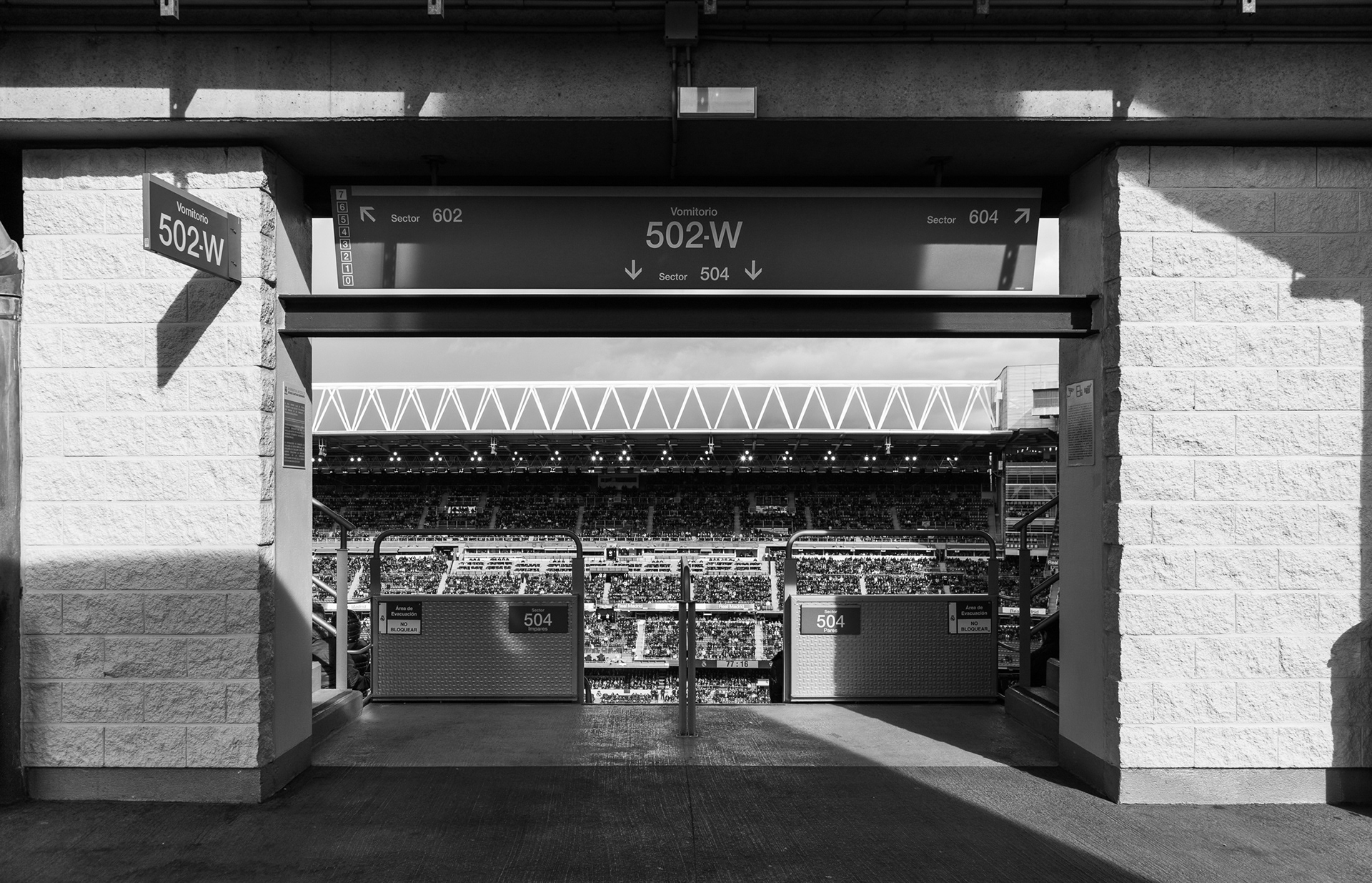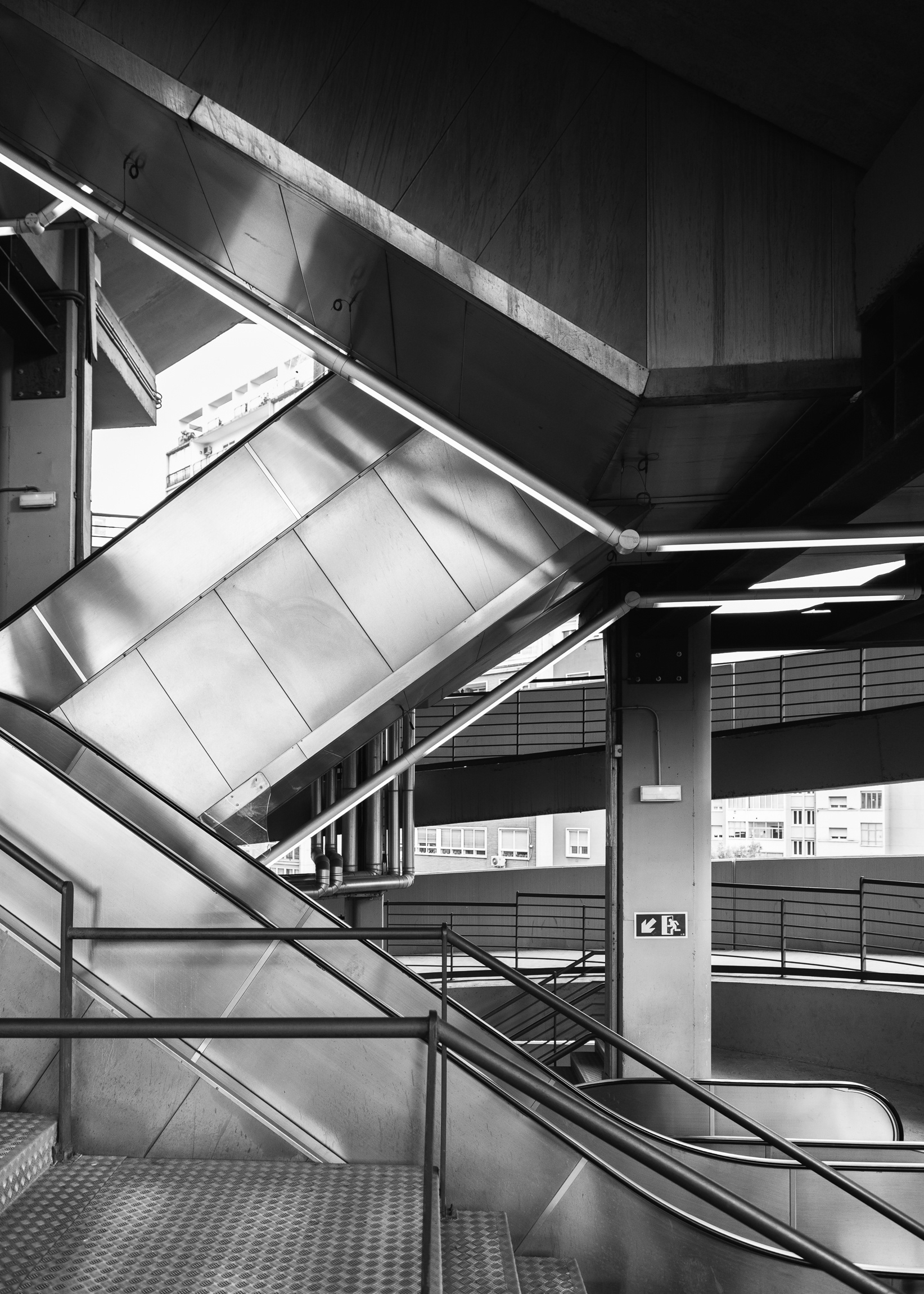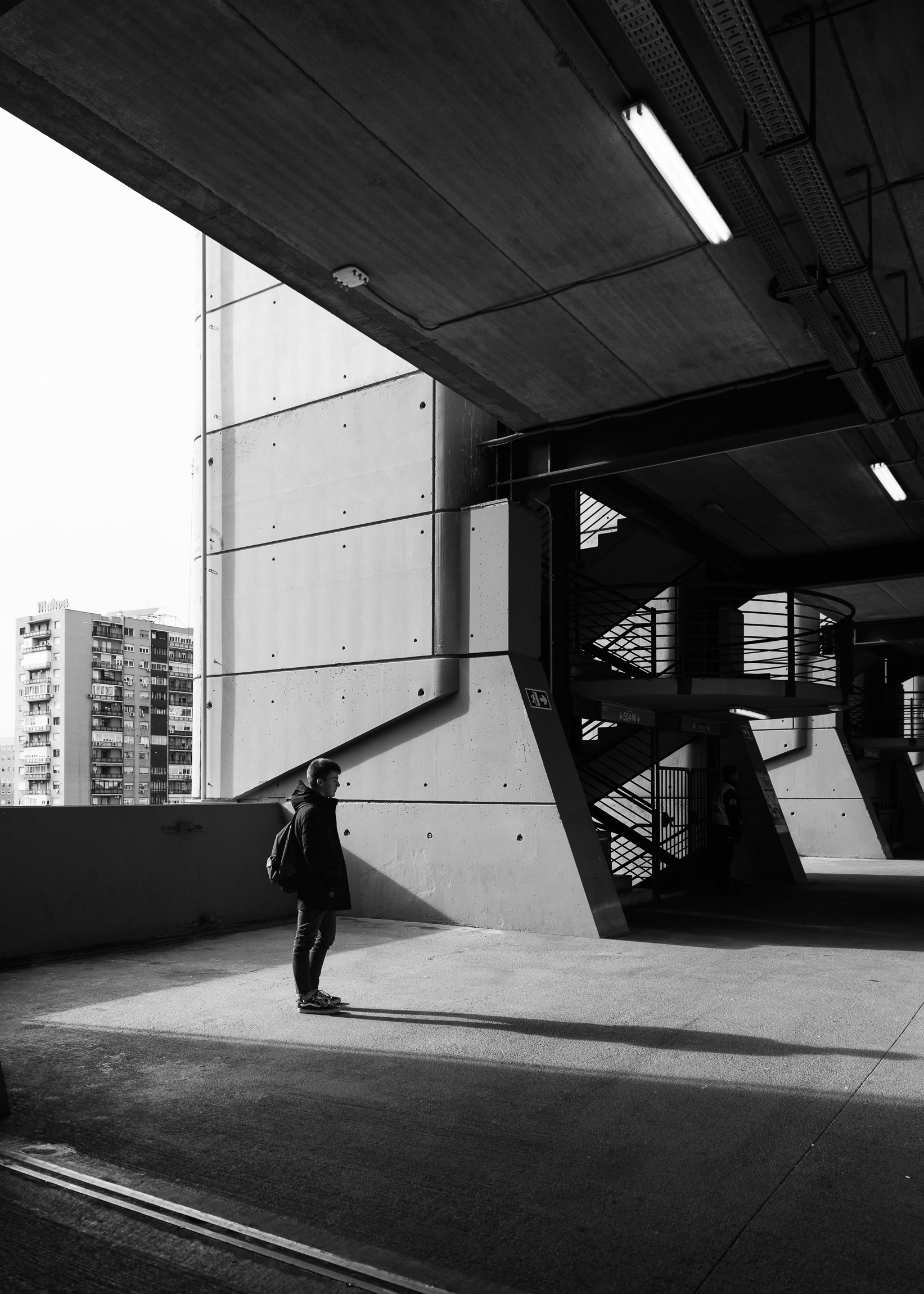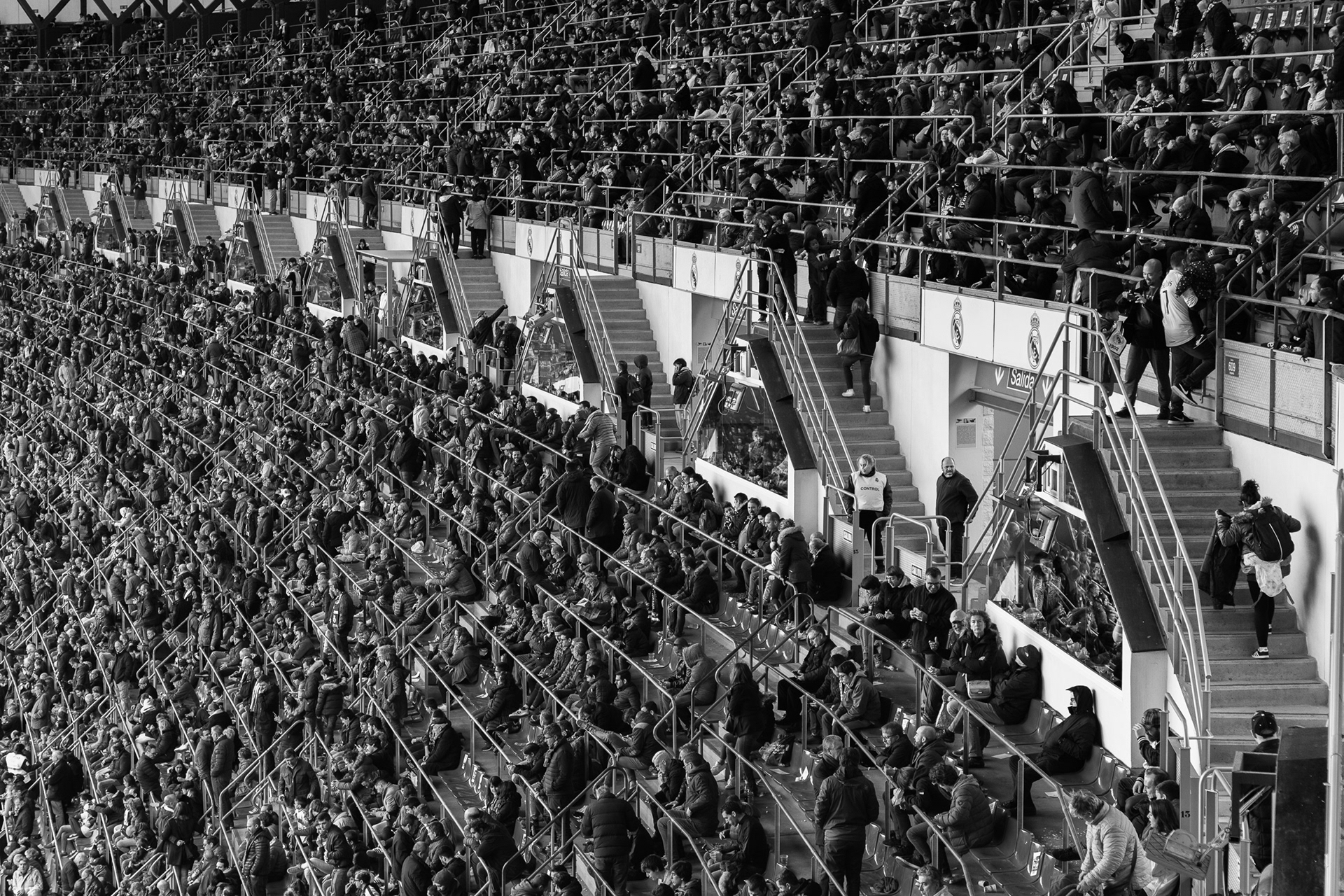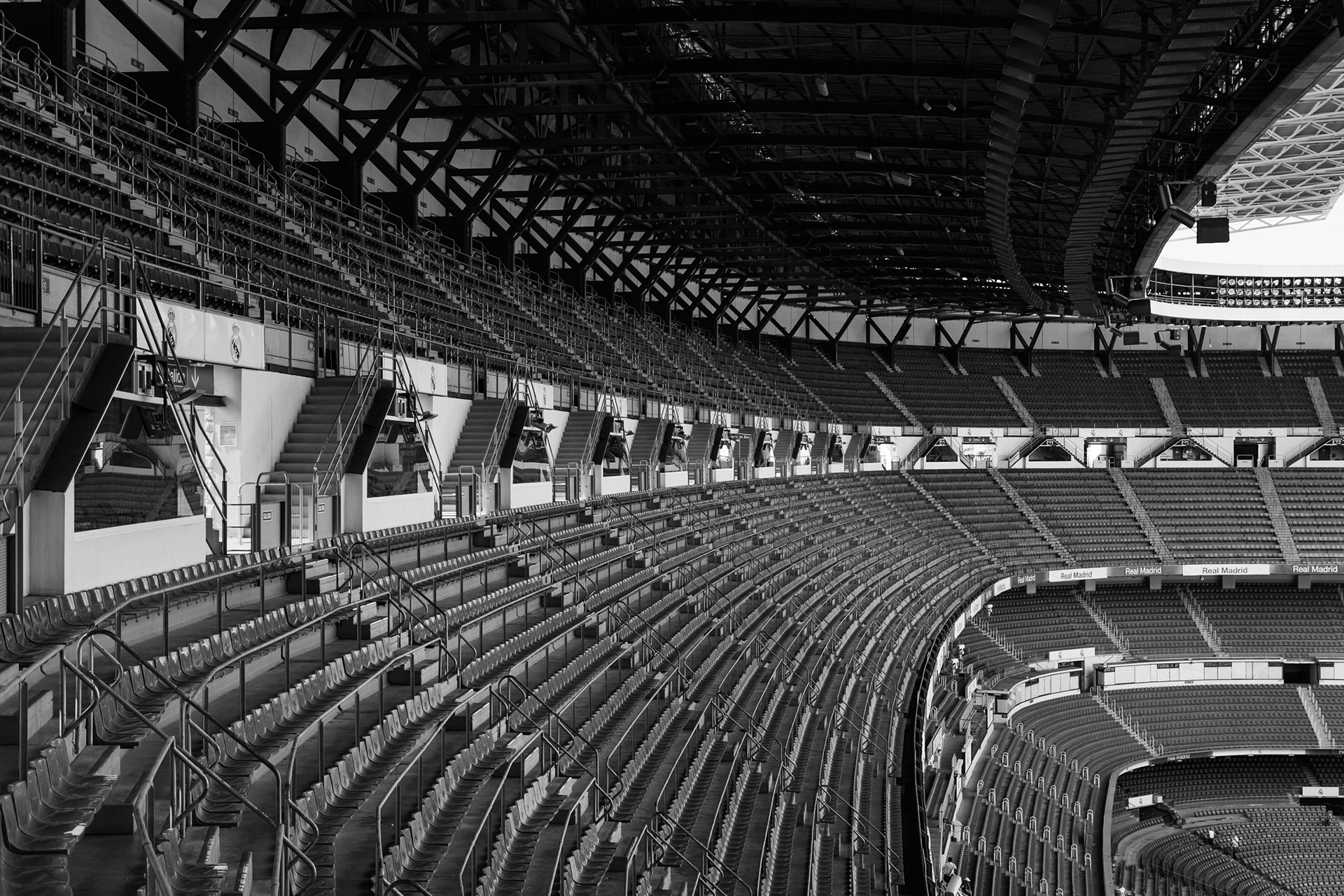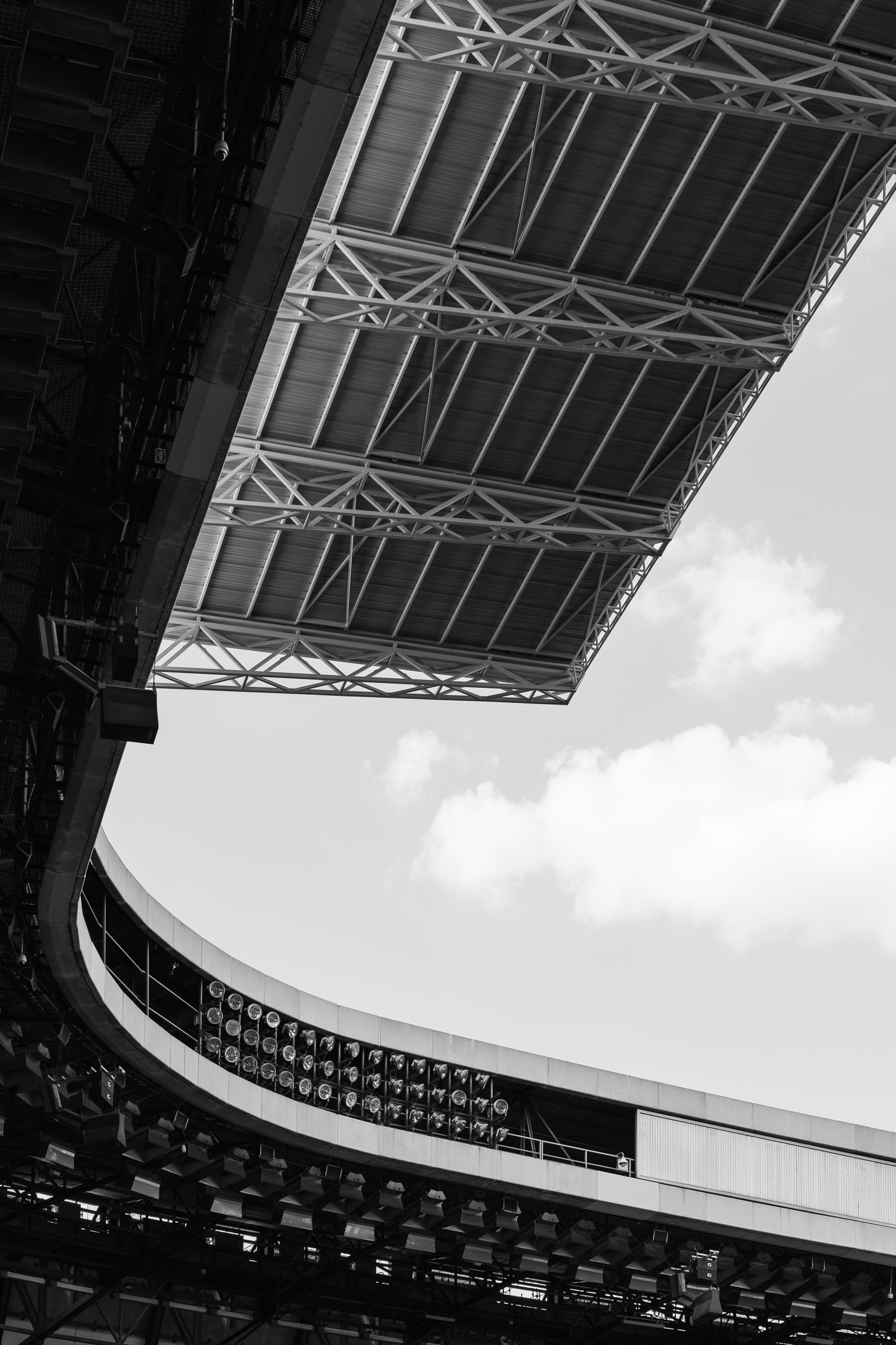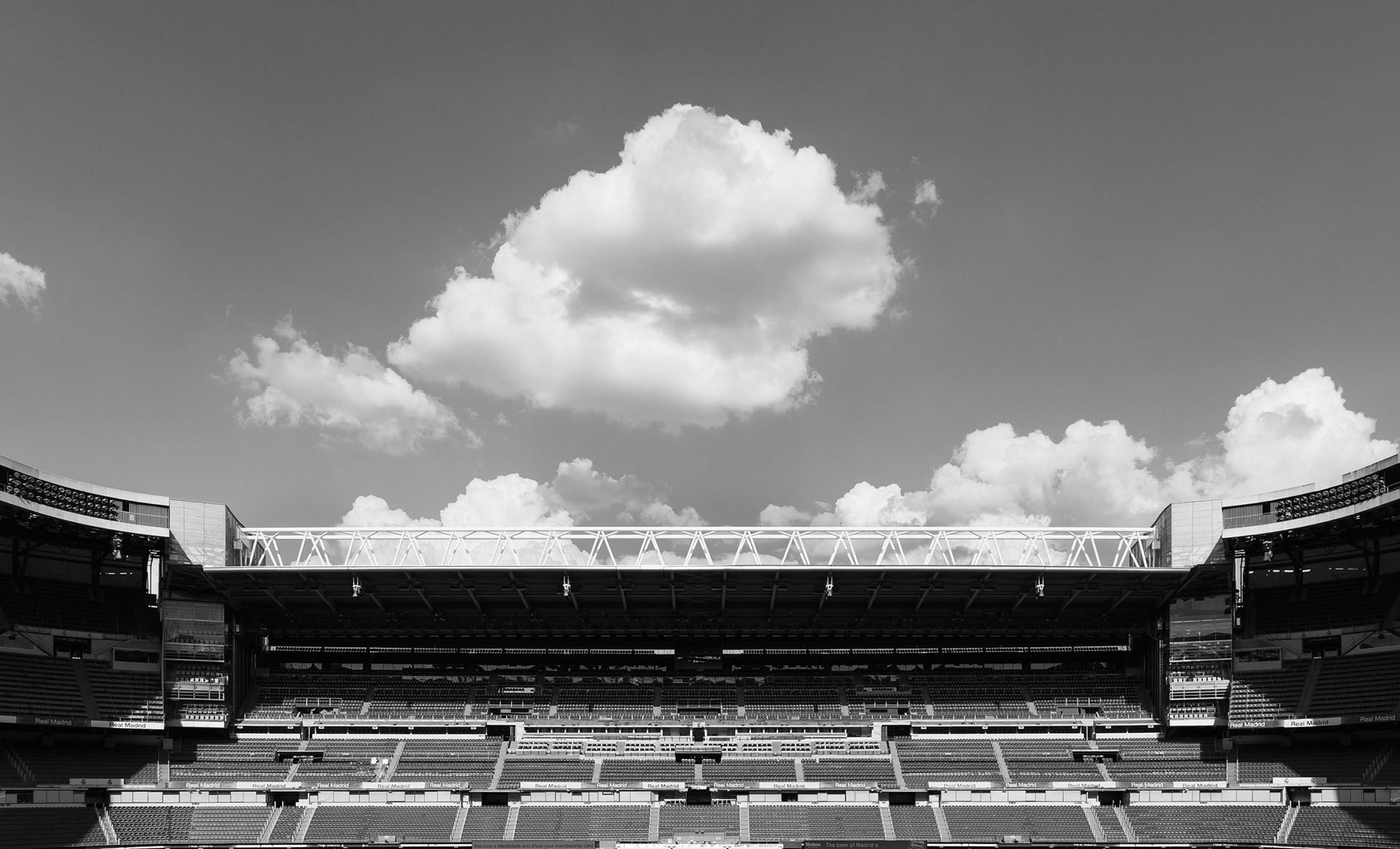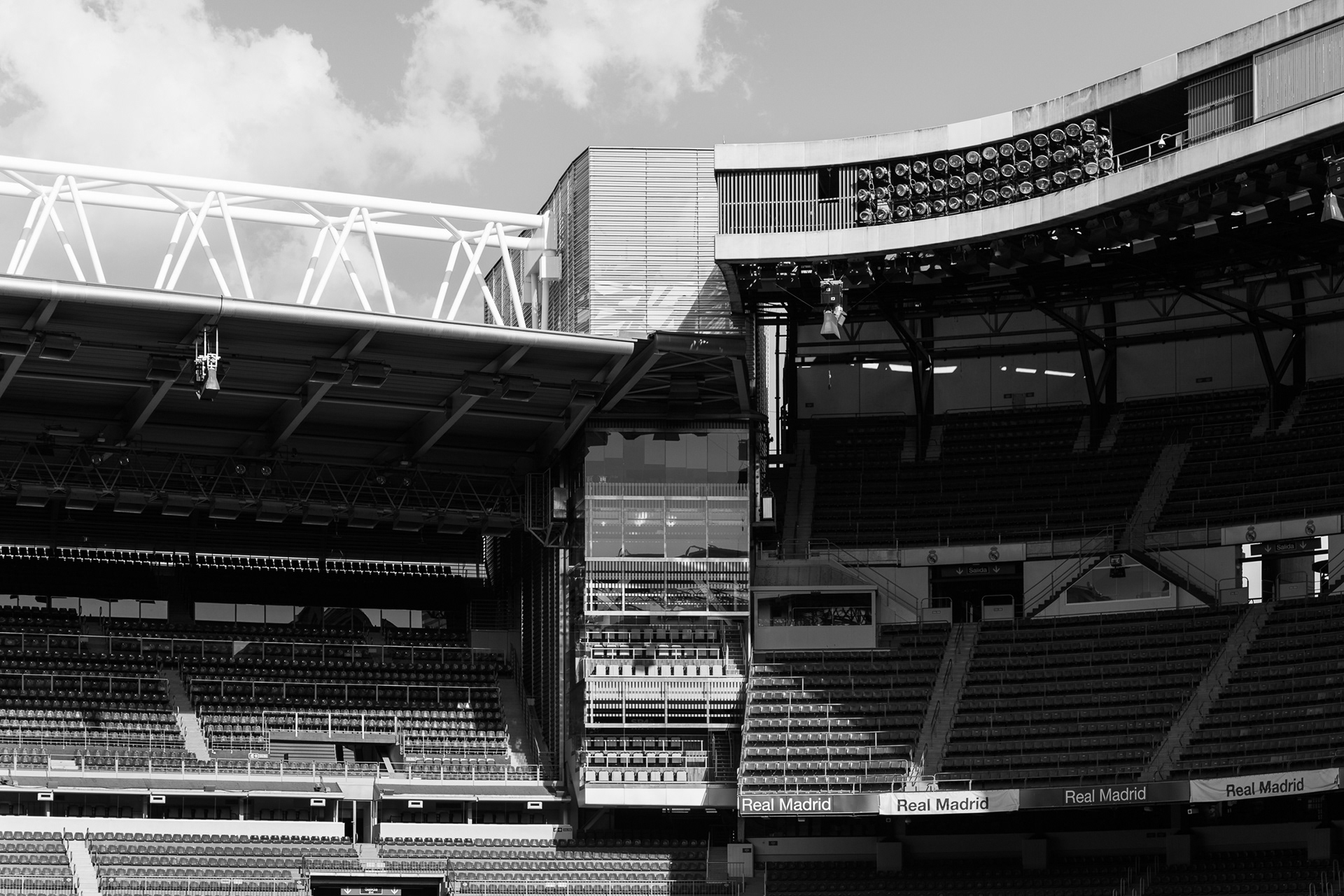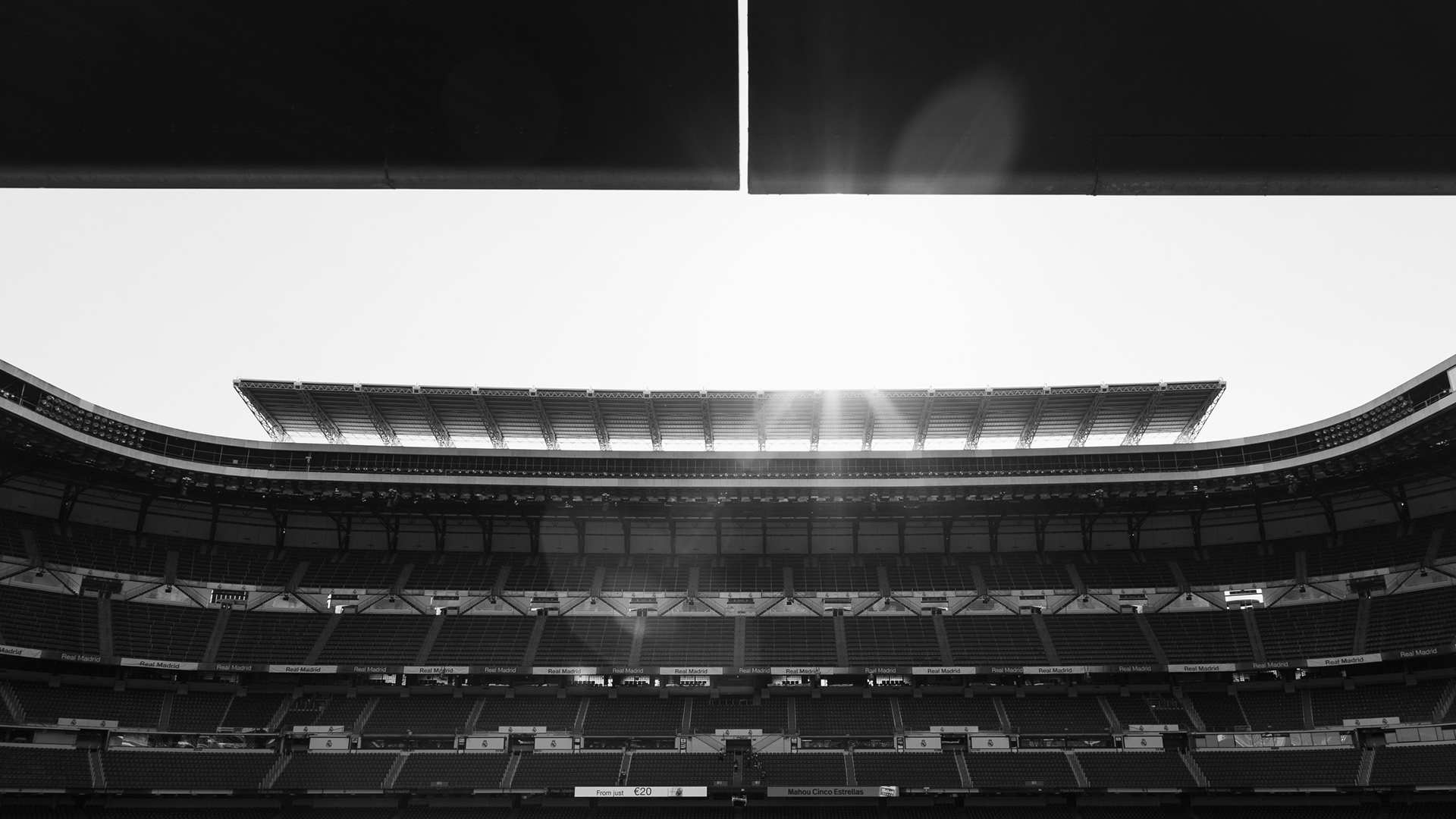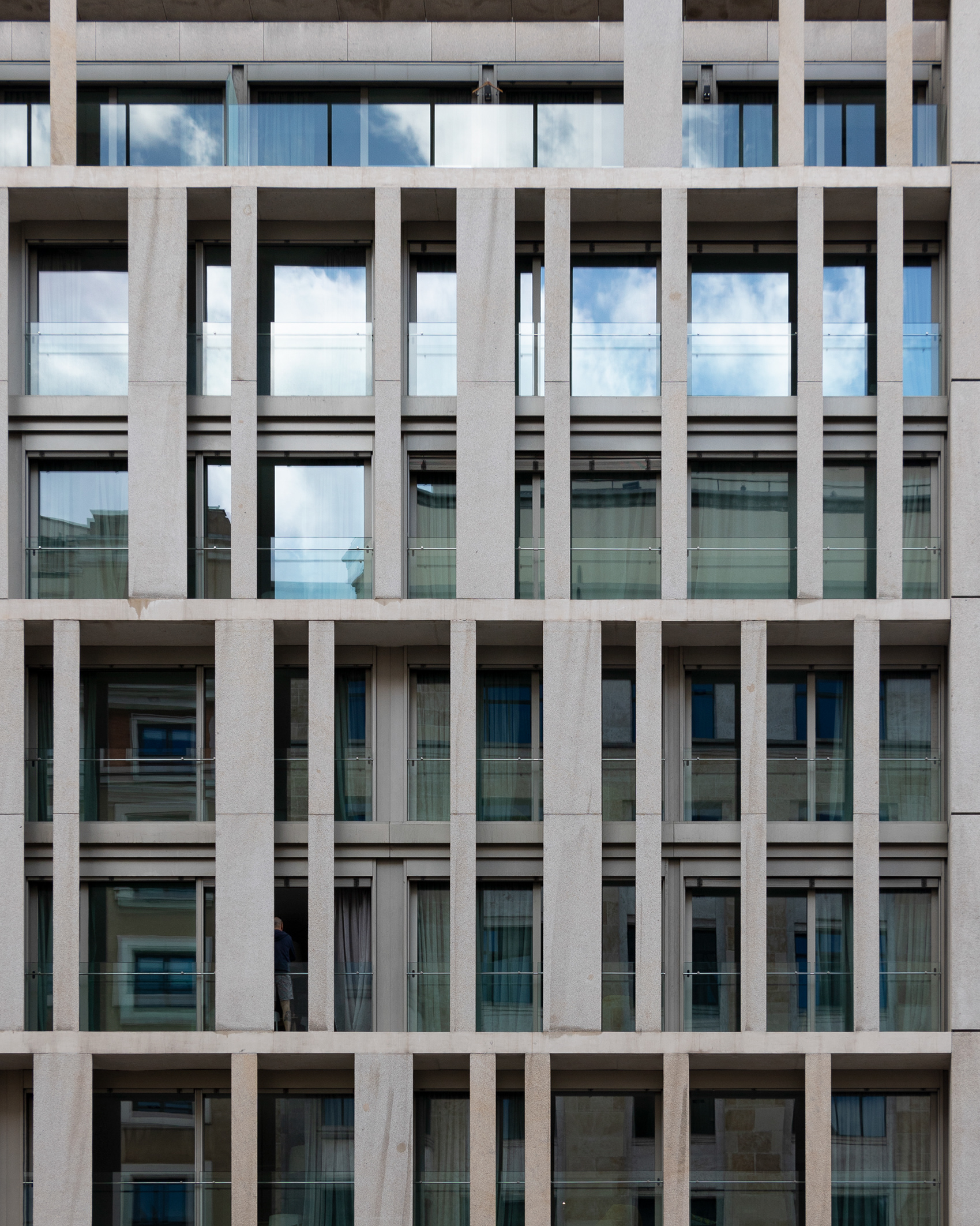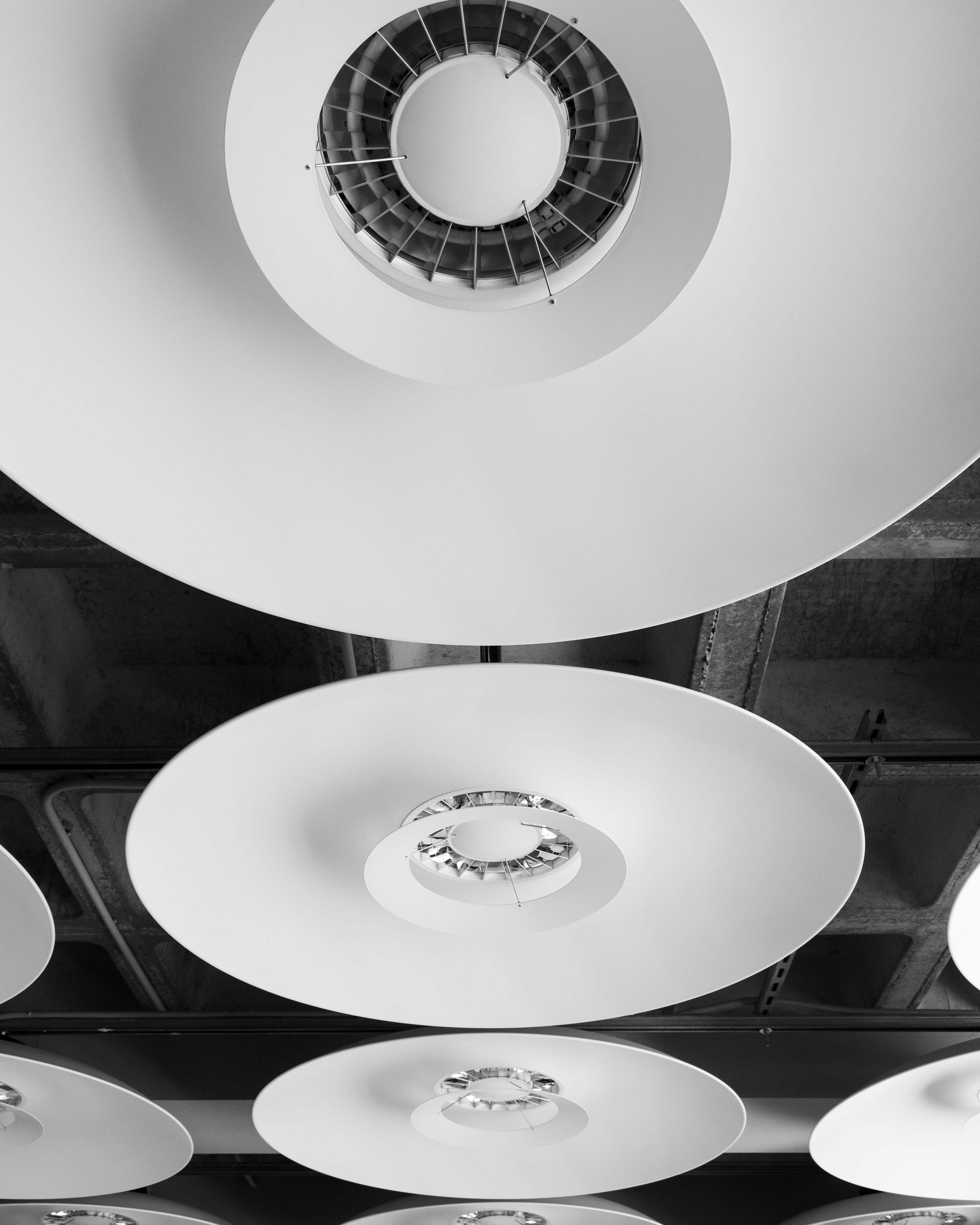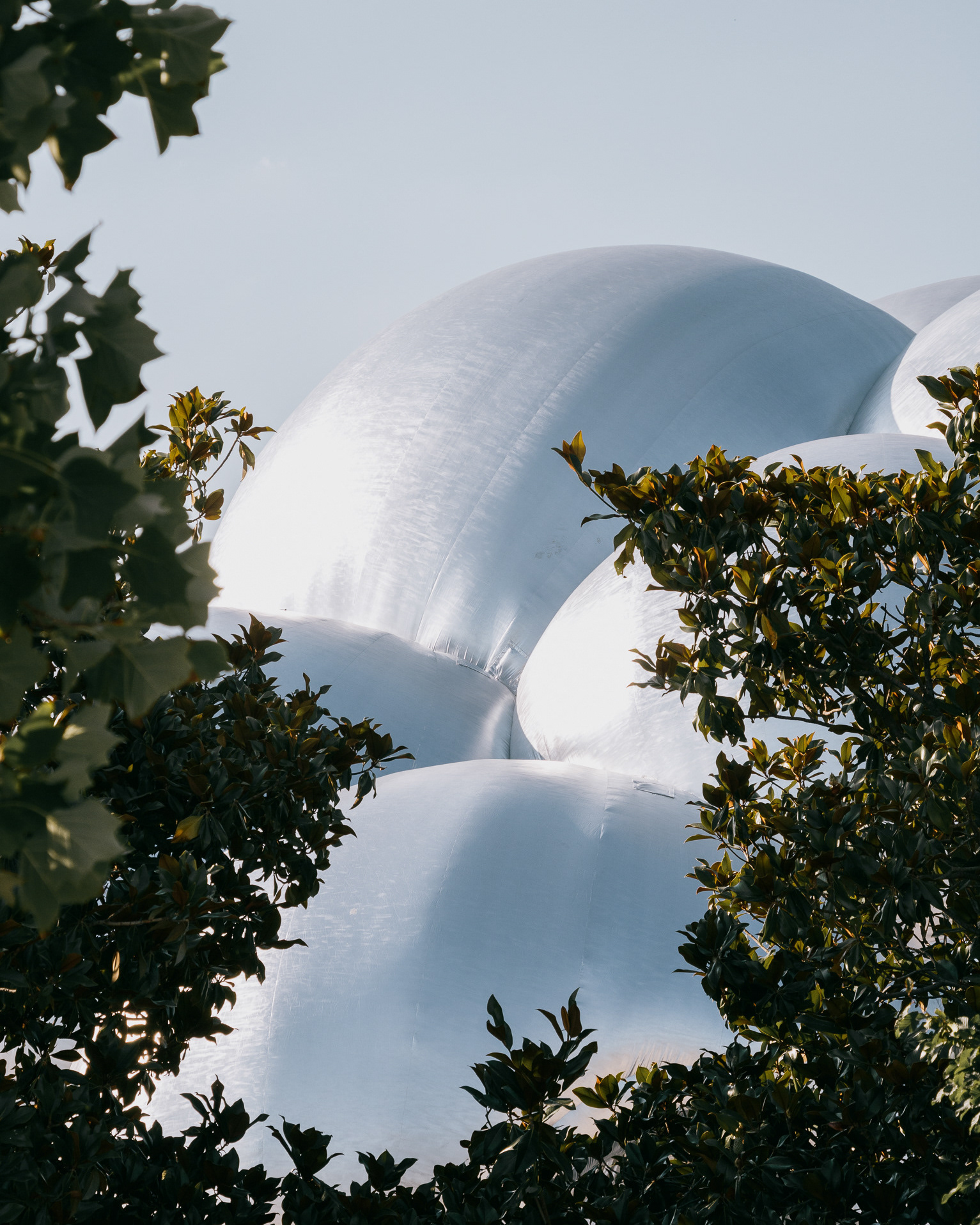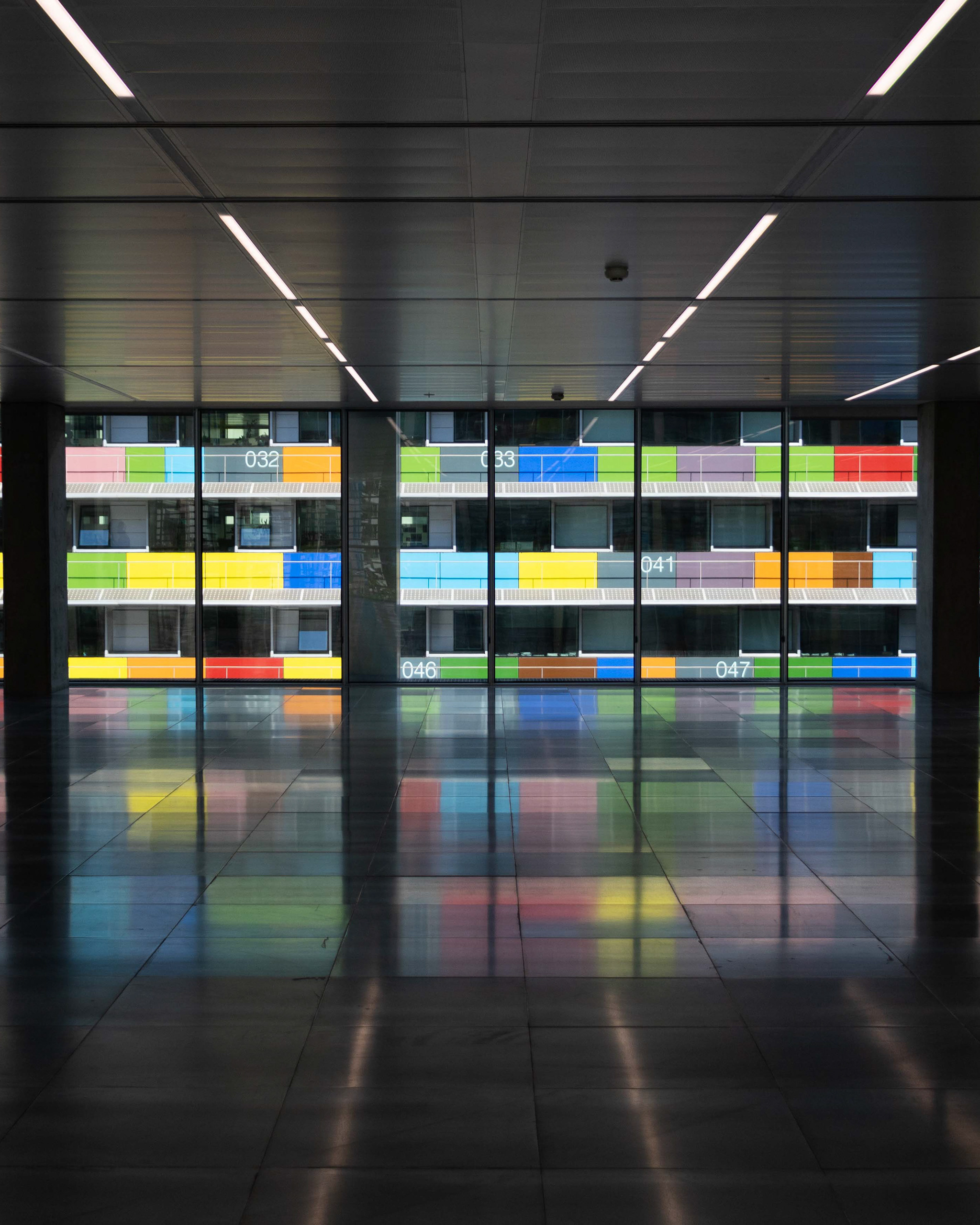The Santiago Bernabéu Stadium is the home ground of the Real Madrid Football Club. As the venue of one of the most successful clubs in football history, this iconic stadium goes beyond its role as a sports arena to become an architectural landmark that has shaped Madrid for eight decades, constantly evolving in step with technological progress and the transformation of modern sports.
The intervention by Estudio Lamela marked a turning point in the stadium's history. Since the 1990s, the studio led a major expansion of the stands and the Castellana side, culminating in 2002 with the "New East Side of the Bernabéu" project. This development completed the stadium's enclosure and laid the foundation for the successive renovations that Real Madrid C.F. would carry out in the following years to modernize the venue and shape it into the icon we know today.
The photographic project by studio erreme, alongside the exceptional historical archive, constitutes an extraordinary legacy that preserves one of the most ambitious architectural projects of the 21st century. The decision to present all images in black and white creates a timeless result that highlights the architectural forms and material finishes. This visual testimony, captured in the book "The Santiago Bernabéu Stadium and Estudio Lamela", is destined to become part of the history of architecture, sport, and the city of Madrid.
____

